I am trying to build an automated battery swap mechanism for drones. What I currently have in mind is a battery housing sitting on the drone which has electrical contacts on the inside, and a Li-po battery inside a third printed enclosure, which has electrical contacts on the outside, so that as my mechanical arm pushes the battery into the housing, the contacts touch for power delivery.
What kind of electrical contact should I use for this? A flat piece of copper looks unreliable to me for power delivery. I looked at pogo pins, but they usually come in small sizes for testing rigs.
